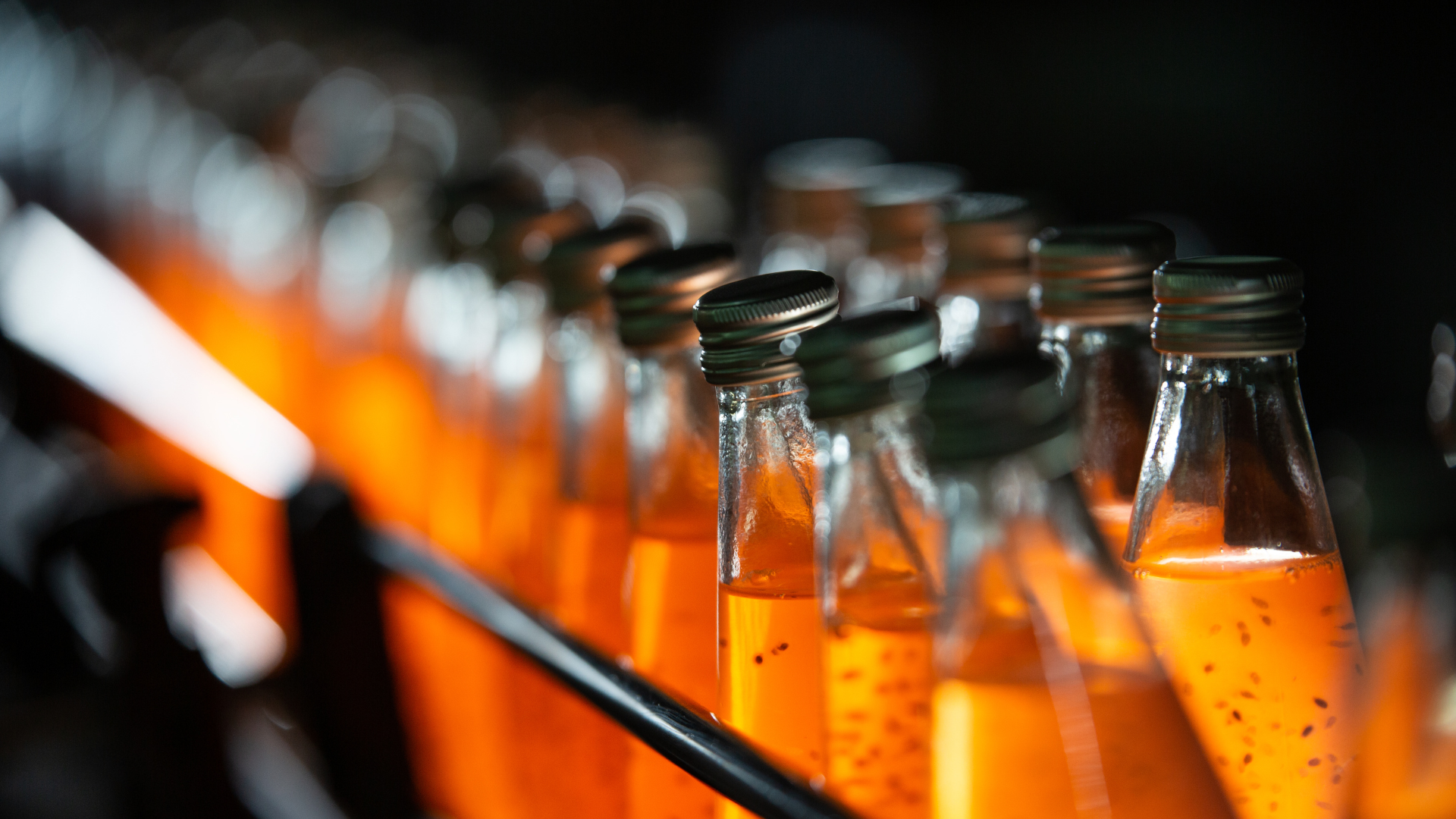Non-thermal plasma (NTP) for the improvement of food safety and quality
Non-thermal plasma (NTP) as preservation technology
To ensure the safety and nutritional value of a food product and to expand its shelf-life, humankind has developed different techniques over the years. However, the perfect preservation method still doesn’t exist. It is important to carefully evaluate the most appropriate one for each application, based on the products and their specific characteristics. At the same time, it is important to maintain a constant focus on the development of new technologies that can keep pace with the evolution of modern challenges and safety risks.
Generally, the most commonly used preservation processes are different forms of thermal treatment, such as cooking and pasteurization. However, they can be very energy intensive and will impact organoleptic characteristics of the products such as taste and texture. Furthermore, they are not suitable for fresh products and can reduce the content of thermosensitive vitamins and other nutrients.
Non-thermal plasma (NTP) is a novel technology for decontaminating surfaces. It has gained attention for its possible application in the treatment of fresh or ready-to-eat food. It allows us to reduce microbial contamination and obtain minimally processed products that are high quality, natural, and free from additives and preservatives.
The advantages of NTP:
- it is effective at short treatment times
- it can be used at room temperature and atmospheric pressure
- it is relatively easy to operate
- it has limited energy and water consumption
NTP is a promising technology for the surface decontamination of dry food products such as herbs and spices, as well as grains and nuts. These kinds of products are sensitive to high temperatures and difficult to treat with other methods. Moreover, they are often added to dishes that have already been cooked, possibly causing recontamination.
What exactly is plasma?
Plasma is the fourth state of matter after solid, liquid, and gas. It is not commonly found on Earth, but the majority of the universe is made of plasma. It is a highly energetic state, and it’s what composes lightning bolts and stars. On a much smaller scale, plasma can be created in a lab by applying a strong electromagnetic field to a gas until it ionizes and becomes electrically and energetically charged.
There are many different kinds of plasma that behave differently based on their temperature and composition. Our study used a microwave-driven plasma source with normal air as the starting gas. The result is a mixture of reactive molecules mainly composed of nitrogen, which makes up almost 80% of the air we breathe. These reactive nitrogen species and the other components of NTP have been shown to effectively inactivate a wide range of microorganisms, including bacteria, molds, yeasts, and even bacterial and fungal spores.

Microbial inactivation with NTP
Currently, the way NTP affects microbial cells is not completely clear, and it could differ based on the composition of the plasma and the response of the different microorganisms. Reactive oxygen (ROS) and nitrogen (RNS) species seem to play the primary role in the inactivation by interacting with several components of the cells. Bacteria with thicker membranes suffer mostly intracellular damage after ROS and RNS penetrate inside the cell and destroy enzymes, proteins, and DNA. Those with thinner external layers are instead destroyed by the accumulation of electrical charges on the membrane, which causes holes to form and internal components to leak.
To better understand how effective non-thermal plasma (NTP) is in inactivating food pathogens or spoilage microorganisms and define the role biological variability plays in the development of resistance, we tested it on 50 different microbial strains of 5 species commonly found in food products:
- Listeria monocytogenes,
- Lactiplantibacillus plantarum
- Escherichia coli
- Bacillus subtilis spores
- Saccharomyces cerevisiae
The microorganisms were exposed to NTP treatment in a simplified food matrix, giving promising and interesting results. NTP is very effective in inactivating bacterial and yeast cells. Surprisingly, no bacterial strain seemed to be more resistant than the other strains of the same species, and even the 3 species behave in a comparable way with no major differences. This shows how intense and broad the effects of NTP are and suggests how unlikely it is that a microorganism mutates and develops molecular methods to resist this lethal stress. This information is also relevant for future industrial applications of NTP since the presence of resistant bacteria could dramatically reduce the treatment’s effectiveness and compromise the product’s safety.
Some bacteria are able to produce spores, which are very resistant structures able to withstand extreme environmental stresses. Similarly to a plant seed, bacterial spores can remain dormant for a prolonged period of time, until the surrounding conditions become favorable again and they can then germinate. Bacterial spores can be problematic because they are very difficult to inactivate with conventional means. NTP was able to reduce the amount of alive spores, but not so efficiently as for vegetative cells, and only after more intense treatments. It is thus important to consider that products where spore contamination is a relevant factor, NTP might not be the most suitable choice and the adjustment of treatment parameters is required.
To sum up
NTP has been shown to be effective on various microorganisms at short treatment times and room temperature. However, there is still much to explore about its interaction with microbial cells and the food product. Understanding its mechanisms of action will contribute to the large-scale application of this technology and, overall, to improving food safety and quality for all of us.
Further Reading
Exploring Pulsed Electric Field (PEF) Microbial Inactivation for Food Processing
The Impact of Strain Variability on the Inactivation Efficacy of Ultrasound Technology
Understanding Consumer Perception in Food Product Development: Key to Market Success
Unlocking the Potential of High Hydrostatic Pressure: A Fresh Approach to Food Preservation
Using AI to evaluate non-thermal processing efficacy and assess the global impact
Safeguarding Your Plate: How High-Pressure Processing Enhances Food Safety and Quality











































































